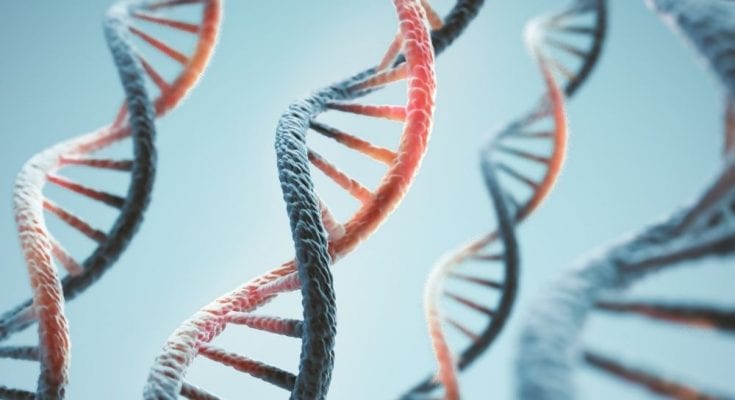DNA has become a popular topic in conversations due to its practical presentation of specifics about an individual’s ancestry and characteristics. Since the initial discovery of DNA’s importance to humanity in the 1950s, scientists have uncovered more and more details about these complex building blocks of life. Around the world, DNA continues to be a centerpiece of systematic modern research.
Within the realm of science, DNA is a fairly serious subject. However, numerous facets besides the fundamental basics of DNA tests are interesting for everyone to know. Here are a few weird but true facts you need to know about DNA. Trust us; you’ll be glad you read through these factual tidbits.
99.9% of Human DNA Is Identical
As Homo sapiens, each and every human being shares very similar DNA structures. Think of this like species within the animal kingdom. All humans are part of a singular living species, and our DNA is 99.9% genetically identical to the person right beside us. The larger chunks of our genome allow similar functions from human to human, but that 0.1% difference in our genetic code is what makes a human a unique individual. Because of that 0.1%, each person is one-of-a-kind in their skin, hair, and eye color, along with a wider array of characteristics. Variation can occur anywhere within an individual’s genomes, meaning humans are simultaneously more alike and different than one may think.
We Cannot Naturally Edit Our Genes (as Octopuses Do)
Scientists have discovered that octopuses can edit their genes to adapt to their environments—completely on the fly. This mind-boggling snippet of information reveals that cephalopods are the sole creatures on Earth that do not follow their instructional DNA commands down to the letter. Octopuses can single-handedly interfere with their own RNA codes—the software sidekick of DNA—by recoding sequences.
This restructuring ability distinguishes the evolution of these intelligent creatures from the rest of the living world. Humans are unable to naturally recode their genes in an equivalent manner. However, recent scientific developments can use genome engineering enzymes as editing tools. Ethical concerns about this technology exist, but current studies are paving the way toward future therapeutic applications.
The Chimera Phenomenon Is Rare But Possible
Have you heard about the mythic chimera? This phenomenon of a single being having more than one genotype has deep roots in mythology and fantasy, but it’s a true actuality in real life. The occurrence is rare, but sharing two completely different DNA genomes within one body is a human possibility.
An individual naturally becomes a chimera in several ways. These ways include:
- A fetus that absorbs its fraternal twin
- A person who receives a bone marrow transplant from a donor
- A pregnant woman with fetal cells from her baby
Yes, human chimeras already exist without any genetic tinkering—this is one of the weird but true facts you need to know about DNA. How truly fascinating is the complexity of DNA in our world?
FAQ
Is my DNA unique to me?
As Homo sapiens, each and every human being shares very similar DNA structures. Think of this like species within the animal kingdom. All humans are part of a singular living species, and our DNA is 99.9% genetically identical to the person right beside us. The larger chunks of our genome allow similar functions from human to human, but that 0.1% difference in our genetic code is what makes a human a unique individual. Because of that 0.1%, each person is one-of-a-kind in their skin, hair, and eye color, along with a wider array of characteristics. Variation can occur anywhere within an individual’s genomes, meaning humans are simultaneously more alike and different than one may think.
What is the Chimera Phenomenon?
Have you heard about the mythic chimera? This phenomenon of a single being having more than one genotype has deep roots in mythology and fantasy, but it’s a true actuality in real life. The occurrence is rare, but sharing two completely different DNA genomes within one body is a human possibility.
Additional Resources:
Protein
Water



